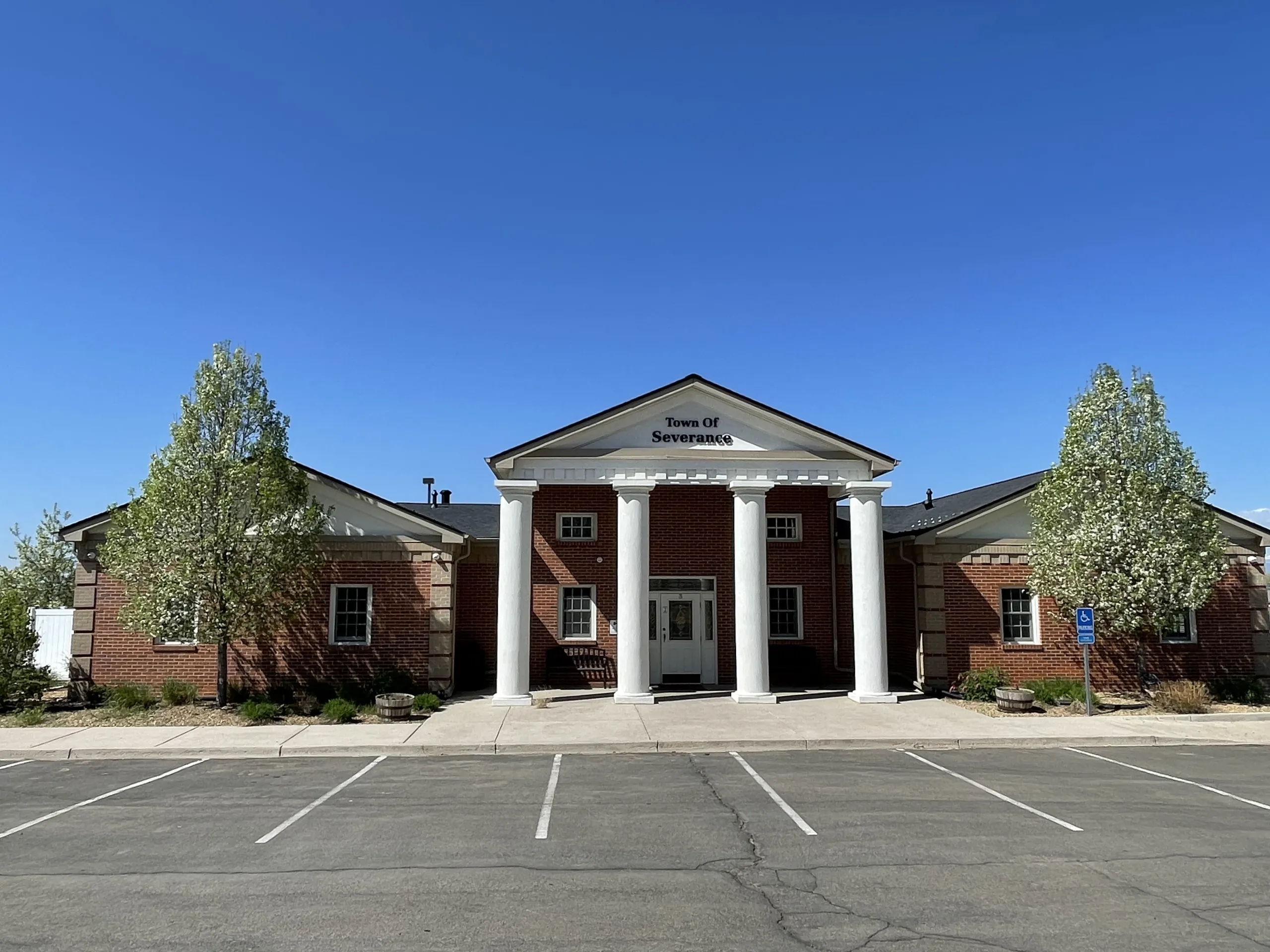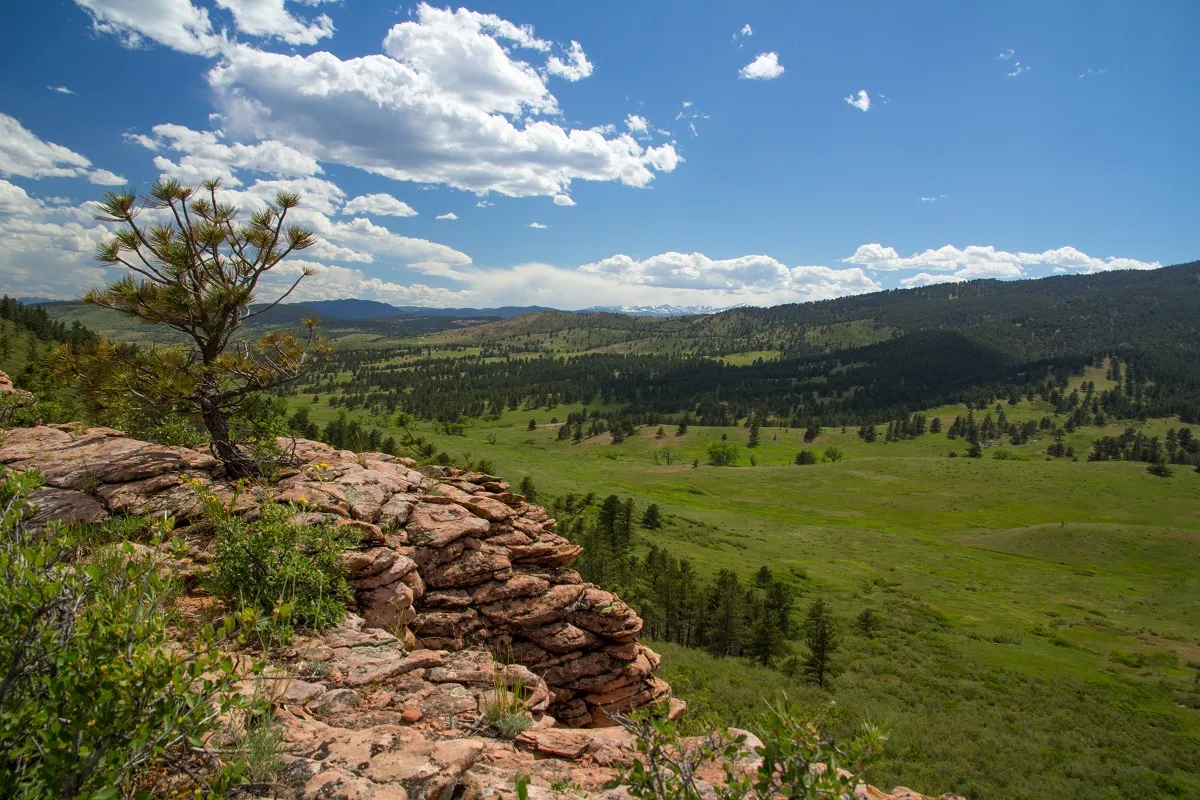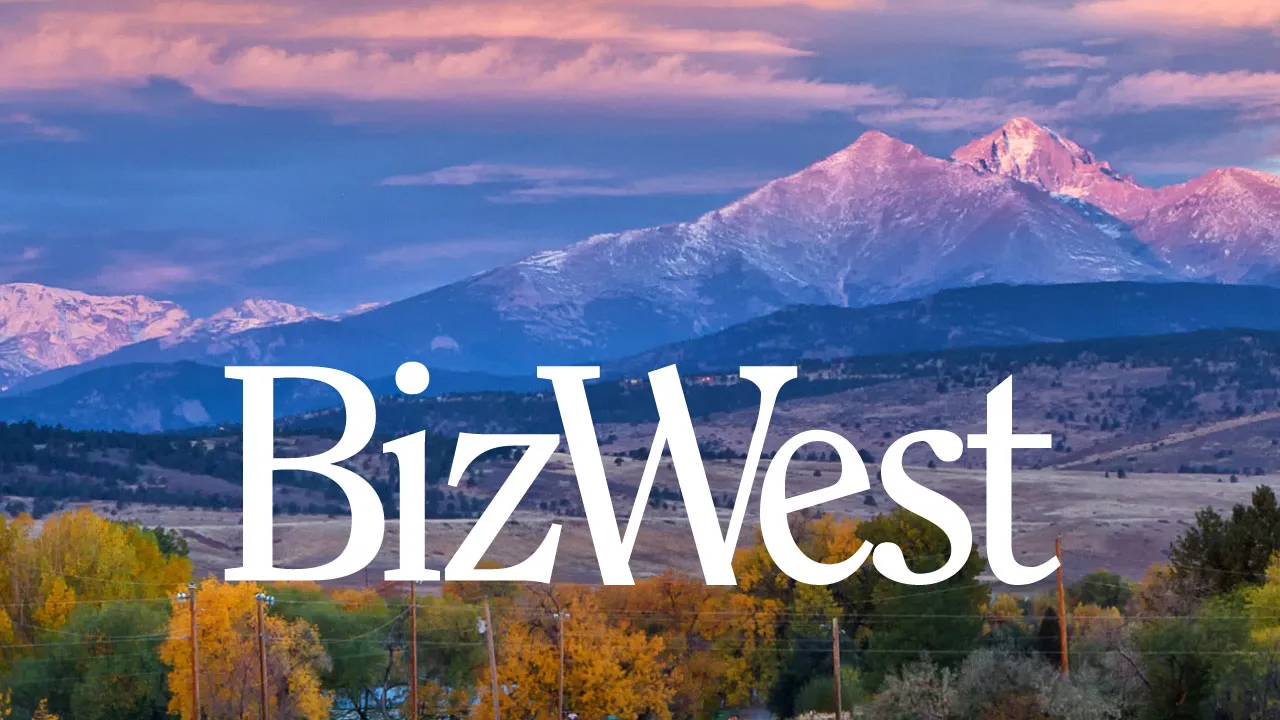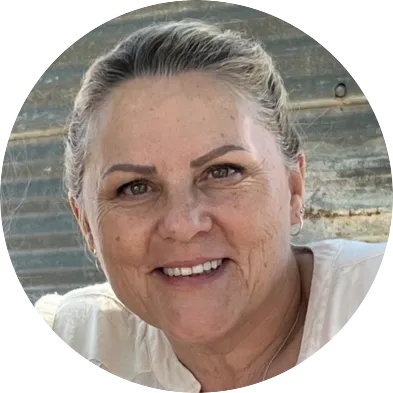Chimney Hollow costs rise by $65 million; cities asked to cover their share

BERTHOUD — The cost to build Chimney Hollow Reservoir as a part of the Windy Gap Firming Project has grown and Northern Colorado Water Conservancy District is having to reach out to the 12 participating cities and organizations for an extra $65 million to complete the four-year project.
The total cost now is about $720 million.
The project includes a 740-acre reservoir and over 2,000 acres of forest that will be managed as an open space public recreation area. The reservoir will be 90,000 acre-feet and will serve more than 1 million people along the Front Range.
The project is being funded by the 12 participating providers, which are Broomfield, Loveland, Longmont, Fort Lupton, Central Weld County Water District, Platte River Power Authority, Greeley, Erie, Little Thompson Water District, Superior, Louisville and Lafayette.
SPONSORED CONTENT
Jeff Stahla, public information officer for Northern Water, the entity leading the project, said the costs escalated during the two-year gap in which they had to deal with a federal lawsuit challenging the project. The cost to defend that lawsuit required Northern Water to seek more in loan funding from the Colorado Water Conservancy Board, which in May granted an increase to $150 million from its original $90 million low-interest loan. All of the participants in the project have the option of rolling the escalated costs in with that financing.
The project was supposed to get underway in 2019, but construction didn’t begin until August 2021. When Northern Water signed the contract in 2019, the cost was estimated at $480 million, but it jumped to $561 million at some point.
In addition to defending that lawsuit, there were other changes that increased the overall price, Stahla said. For one, crews under-estimated the amount of rock to be loaded off site. Crews are using rock on site to construct the dam, but the rock is denser than thought, and that has increased the amount of rock that must be removed.
“The (builders) were able to lock in favorable procurement items because they started early, and with steel prices and diesel fuel prices increasing, by the time we started construction in ‘21,” prices increased. Labor costs also increased in that time, Stahla said.
In total, the extra cost is $65 million, but it represents about a 10% cost overrun. Cost overruns are somewhat standard on large infrastructure projects, and it was expected in this project in particular.
Greeley water and sewer director Sean Chambers said he is not surprised at a cost hike. Greeley, which has 9,189 shares in the project, will have to cover $6.7 million for its shares to complete the project. That comes out to $336,000 a year in extra debt service, Chambers said, adding that that amount is manageable.
“We borrowed for nearly the entire construction project for our portion of that. And given that we’re building a reservoir that should operate in perpetuity, and this is an investment that goes well beyond 100 years, borrowing is a good strategy that allows future rate payers coming to Greeley in next 30 years to participate in the costs, and there are not just existing rate payers paying that back,” Chambers said. “That’s been our general strategy as a whole.”
Costs are based on the amount of shares the cities and organizations own of the project. The costs per share is $715 per unit for cash and $729 per unit for financing.
For some participants, the extra fees are less than $5 million, but for Broomfield and Platte River Power Authority, the increases stretch to $11.6 million and $18.9 million respectively, representing the highest costs of the group.
Broomfield communications director Julie Story said the city planned for the increase and already absorbed the extra costs in its 2025 rates. She did not take further questions.
Officials from Platte River Power Authority responded to questions via email:
“Platte River’s share of the additional funding is $11.7M, which results in annual payments of approximately $500,000 that have already been reflected in our rate projections. The $500,000 payments are incorporated into our overall operating expenditures of approximately $300 million and amounts to less than 0.2% of overall operating expenditures. Additionally, Platte River’s water policy has enabled the sale of some water rights, which generated much of the revenue needed for the Chimney Hollow Reservoir project and allowed us to firm our water supply.”
Platte River uses water to support its Rawhide Rawhide Unit 1, a coal-fired unit using steam to generate power. Coal-fired electric generation requires a reliable supply of water for two main purposes: cooling water and process water.
The cost to build Chimney Hollow Reservoir as a part of the Windy Gap Firming Project has grown and Northern Colorado Water Conservancy District is having to reach out to the 12 participating cities and organizations for an extra $65 million to complete the four-year project.
THIS ARTICLE IS FOR SUBSCRIBERS ONLY
Continue reading for less than $3 per week!
Get a month of award-winning local business news, trends and insights
Access award-winning content today!





